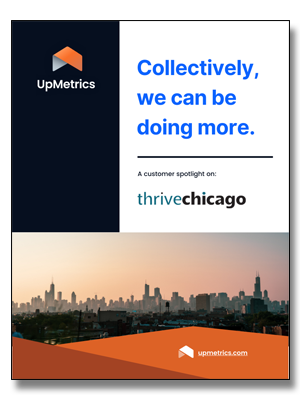A New Approach to Grantee Reporting
The grantee reporting dilemma is not a new one - foundations rely heavily on grantees to understand whether their investments are making a positive impact in the areas that they wish to support. And yet many grantees do not have access to tools or resources in the area of data collection and analysis. This results in time and energy wasted on reporting requirements and process - time that could be spent focusing on the organization's mission and driving impact.
In today's digital world grantees are facing an even greater burden when evaluating their impact and reporting on progress toward goals. There are increasingly more sources to collect data, including publicly-available data and qualitative data from social media, and systems to support the collection process, which in turn should enhance grantees’ ability to make data-driven decisions and design programs. And yet, all these improvements add to the complexity to evaluate impact quickly. Not to mention, the redundancy of many reporting processes and requirements across multiple funding sources. Unfortunately, grantees are forced to repeat these efforts over and over again to meet the expectations of different funders. As a board member at a local nonprofit, I am intimately familiar with these challenges associated with data and reporting. Without a focus on capacity building, systems change, and collaboration across funders, grantees will continue to be overwhelmed in fulfilling reporting requirements.
The good news is that many foundations have already recognized their role to streamline reporting and allow for more efficient and less burdensome processes for grantees. In addition, many funders are embracing new approaches to reporting which allow nonprofits to define their own metrics of success to tell their story of impact. In this guide, we’ll share five simple steps to improve the reporting process while allowing grantees to share their progress with foundations. The hope is that this insight can inform conversations between grantees and funders around future optimizations and areas for improvement.
Here is a sneak peak at the first two steps. Gain access to the full guide by filling out the form below.
- Before requesting robust reports, distribute short surveys to track critical data.
- Incorporate open-ended questions which allow grantees the freedom to report their own impact metrics.
January 27, 2021
